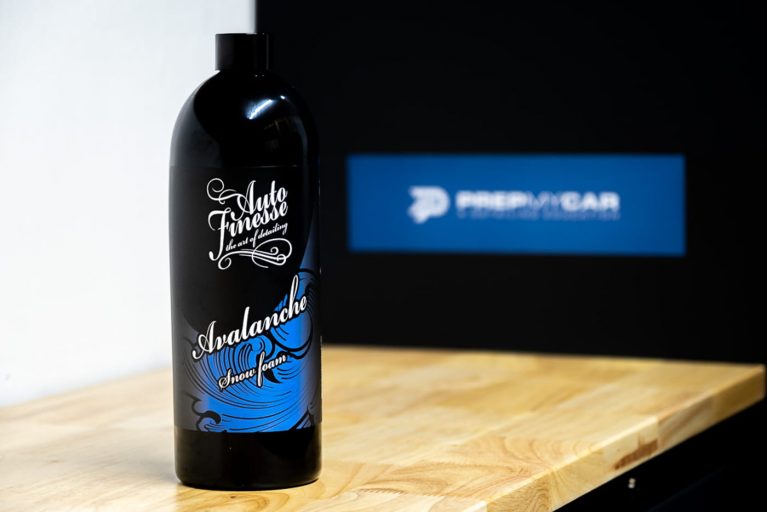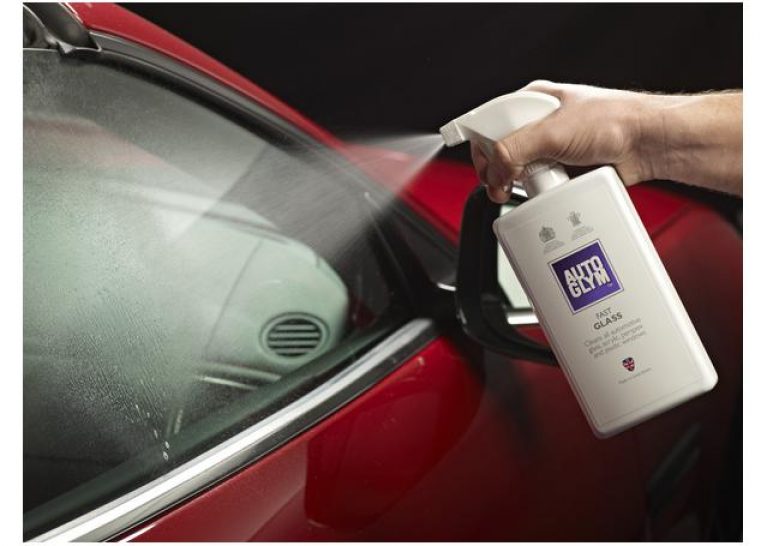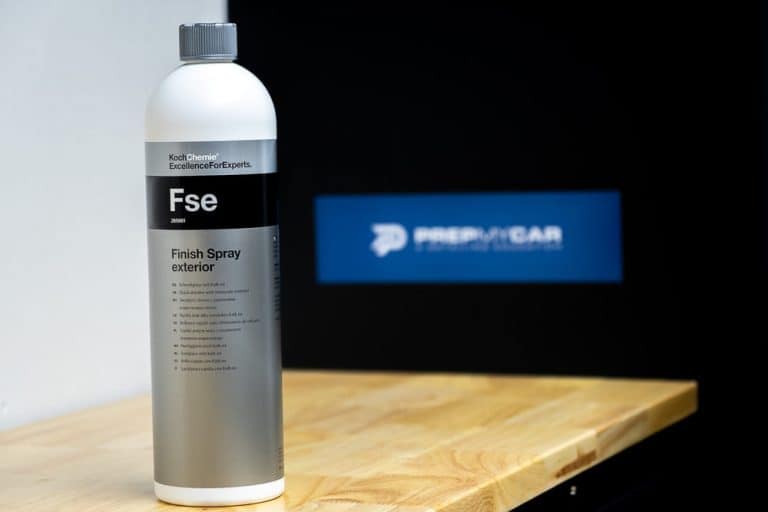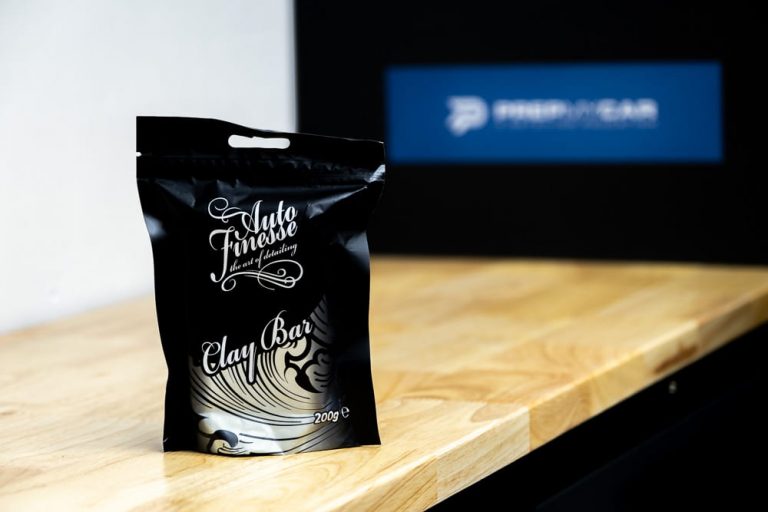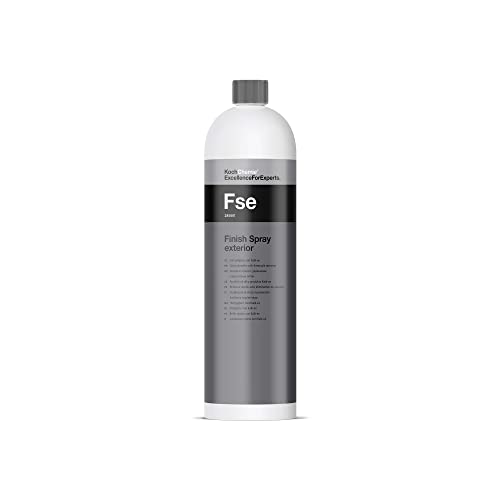How to Remove Wax, Sealant, and Ceramic Coating from Your Car
There are many reasons why you may need to remove old layers of wax, sealant, or ceramic coating from the paint in your vehicle.
It could either be the paint needs correction or maybe you decided to apply vinyl wrap or clear bra to protect the finish.
Whatever the case, stripping off the old wax is essential before any paint correction or reapplication of an LSP (Last Stage Protection).
Removing the old fillers, waxes, and other elements will allow you to see all the minuscule imperfections in the surface. This way, you can easily determine the best course of action for correcting, polishing, and waxing the paint.
This article is divided into two sections.
The first will deal with removing wax and sealant. In the next section, I’ll talk more on how to remove tough ceramic or Nanocoatings in vehicle paint.
How to Remove Wax or Sealant from Clear Coat Paint
Wax or sealant is much easier to remove from paint than ceramic or Nanocoatings.
But the hassle-free way to remove wax is to use a strong APC (All Purpose Cleaner) like Bilt Hamber Surfex.
- Powerful water-based APC (all purpose cleaner) Safe for virtually all automotive and domestic surfaces (always spot test before use) Biodegradable…
- Item Package Length: 5.7 cm
- Item Package Width: 10.4 cm
The product is basically a concentrated washing solution similar to ordinary car shampoo.
But surface cleaners have a stronger formula that dissolves wax and sealant without harming paint and plastic trim.
You can use this neat to strip tough waxes or sealants.
Step 1: Wash the car with car shampoo
It is better to start with a clean surface. If the vehicle is dirty, wash it first using water and car shampoo.
As always, it is imperative to wash from the top and work your way downwards. This will prevent scratching, marring, or swirling the paint as you wipe the surface with the wash mitt.
If you’ll be using an APC then you may wash the vehicle using the product without pre-washing the surface with car shampoo.
It is also formulated to remove heavy dirt and grime while stripping off the old layer of wax in the clear coat.
Step 2: Wash with a surface cleaner
There is no need to dry the vehicle after washing since you’ll be washing it again using a surface cleaner.
Mix the right amount of cleaner in a bucket of clean water (approximately 1 to 4 ounces per 5-gallons of water).
Dip the wash mitt in the bucket and proceed to wash the vehicle again.
Make sure to cover all painted surfaces or areas treated with wax or sealant.
Step 3: Do a deep rinse
Rinse the vehicle with clean water. Make sure to remove all traces of suds and foam.
Note: In some cases, you may need to wash the vehicle with the surface cleaner for a second time to thoroughly remove leftover traces of wax.
Step 4: Wipe dry with a microfiber cloth
Wipe the vehicle dry using a clean microfiber drying towel. As a general rule, always dry the vehicle from top to bottom to prevent scratching the paint.
Step 5: Job done but inspect paint for any remaining sap or contamination
You’re done!
You can now proceed in correcting or polishing the paint. Don’t forget to apply a new layer of wax or sealant to protect the paint after polishing.
Important note: So, you will find a lot of LSP “strippers” will work better than others.
I do like to use Bilt Hamber Surfex, but I find that it works best if you use it alongside a full decontamination.
This includes a fallout remover, tar/glue remover and a clay bar.
The combination of all the decontaminates and Built Hamber Surfex will get your cars paint back to being as naked as it can be!
Also, it’s worth bearing in mind that if you are doing a 2-stage polish after removing your LSP then the abrasive cut of your first stage will remove any remaining LSP.
How to Remove Ceramic/Nano Coating from Car Paint
In some cases, ceramic coating can be eliminated from car paint using the same process as removing wax.
But since ceramic coating will leave behind an extremely hard and durable barrier, simply washing it off with a surface cleaner might not quite cut it.
Nano coating or ceramic coatings are formulated to create a molecular bond with the clear coat. This enables the coating to provide longer protection than ordinary carnauba wax.
But the durability of ceramic coatings is similar to a double-edged sword.
It can offer longer and stronger protection against the elements, but you’ll be dumbfounded when it’s time to strip it off from the paint.
The worst part?
Even using chemical-based cleaners won’t have much of an effect in eradicating the ceramic coating.
This is because the most common ingredients in ceramic coatings are the same ones utilized in making pottery glaze.
These are silicates known as S1O2 and S13D.
Both silicates are hard as a rock when fully cured in the paint. This is the primary reason why medium polishing using a machine is the most common method to fully remove all traces of ceramics and Nano compounds in the surface.
With that in mind, the removal process will also depend on the type of Nano coating, how well it is applied, and how long the ceramic coating has been sitting on the surface.
Step 1: Wash the vehicle with car shampoo
Wash the vehicle with car shampoo. It is best to start by washing away all traces of dirt and grime. Rinse the vehicle well and proceed to the next step.
Step 2: Perform a second wash using a surface cleaner
Perform a second wash using a surface cleaner. Mix the cleaner with a bucket of water, dip the wash mitt, and wash the vehicle accordingly.
Step 3: Use a clay bar to decontaminate
Follow the same process as the wax stripping section above. So, include a full decontamination, including clay bar.
Step 4: Polish with a medium cut polish
As I mentioned above, the best and possibly easiest way to remove ceramic coating is to polish the paint after washing.
For this process, you’ll need a medium cut polish like the Chemical Guys V36 Cutting Polish or Menzerna Medium Cut 2400. Both products are formulated to eliminate heavy paint defects and imperfections and will have enough abrasives to strip away the ceramic coating from the cars paint.

- Abrasiveness 6/10
- Gloss level 6/10
- Removes sanding marks up to 2400 grit
You can polish the paint by hand or machine, but I always prefer the latter.
Apply enough polish to the cutting pad and polish the paint one section at a time.
Start by polishing all flat surfaces such as the hood, roof, and trunk before working on vertical surfaces such as the doors and fenders.
Step 5: Fine polish with finishing polish
After using a medium cut polish, finish it off by using the best car polish to further smooth and refine the surface.
Products such as the Menzerna Super Finish 3500 or the Meguiar’s #205 Ultra Finishing Polish will permanently remove fine scratches and swirls left behind by the medium-cut polish.
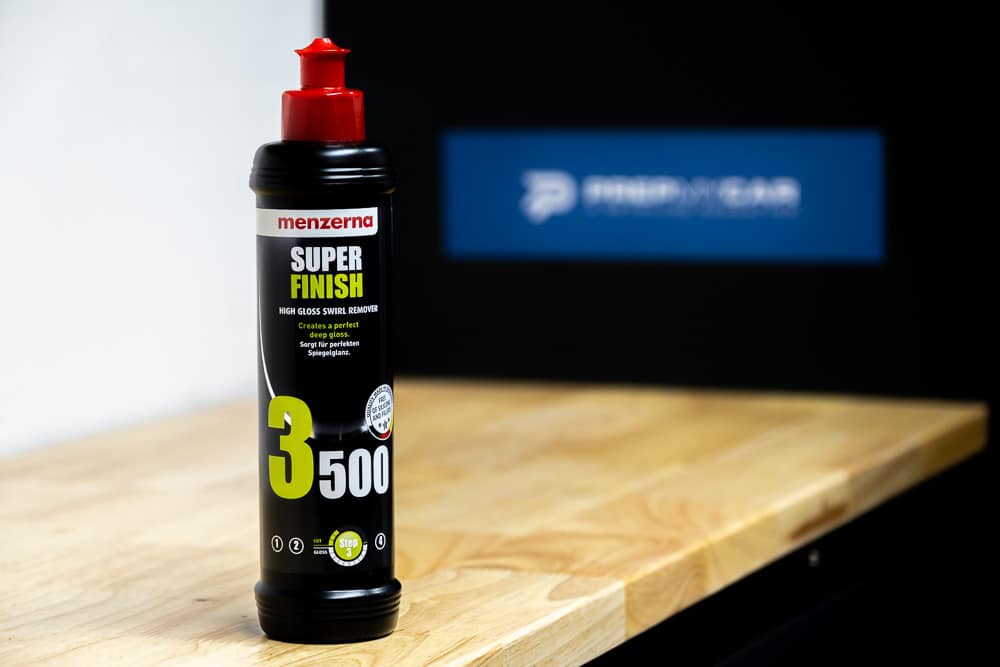
- Orbital: Upper rotational speed range
- By hand: Light pressure with circular motions
- Cut: 3/10
Step 6: Apply a wax for protection (optional)
The last step is to apply an LSP to protect the paint and give it a glossy shine.
When using wax, remember that less is more. It is also ideal to apply multiple thin layers than slapping on an overly thick and single coat of wax.
Check out my guide on how to wax a car like the pros.
If you prefer a new layer of ceramic coating, simply skip the wax and apply the ceramic coating after polishing the paint. Always read the instructions on the bottle.
The application process or curing time will vary differently depending on the type or brand of coating.
How to Remove Wax Residue from Glass and Plastic Trim
In this case, prevention is the best cure.
Always exercise extreme caution when applying wax or sealant.
Most waxes are not supposed to be applied to black plastic trim. It will leave ugly white marks that will be difficult to remove especially on textured black panels or plastic fender flares.
But here’s a secret:
SECRET TIP: Removing wax from plastic is easier if you use a rubber pencil eraser. Yes, a pencil eraser that can be bought at any supply store or book shop.
Lightly rub the eraser on the contaminated portions of the plastic trim and watch the white reside disappear right in front of your eyes!
This method is safe to use on all exterior plastic trim and will not leave visible scratches as long as you start with a clean or pre-washed surface.
Another method is to lightly heat up the surface using a heating gun. This will soften up the wax to make it easier to remove.
After heating the surface, simply wipe off using a damp microfiber towel to remove the pesky residue.
However, be cautious when using a heating gun on plastic or rubberized trim. Too much heat may damage the surface beyond repair.
Wax is easier to remove on smooth glass surfaces using the best car glass cleaner.
Products such as Stoner Invisible Glass or Gtechniq G6 Perfect Glass to remove dirt, oil, and fingerprints without smearing or streaking.
After washing the vehicle, spray a liberal amount of glass cleaner and wipe clean with a microfiber towel.
When applying wax, sealant, or ceramic coatings, take care not to apply the aforementioned products on plastic trim and automotive glass, especially if the product is strictly intended for paint only.





